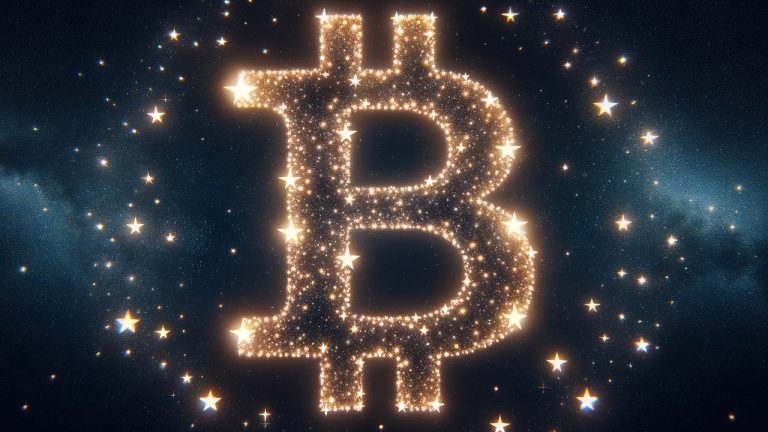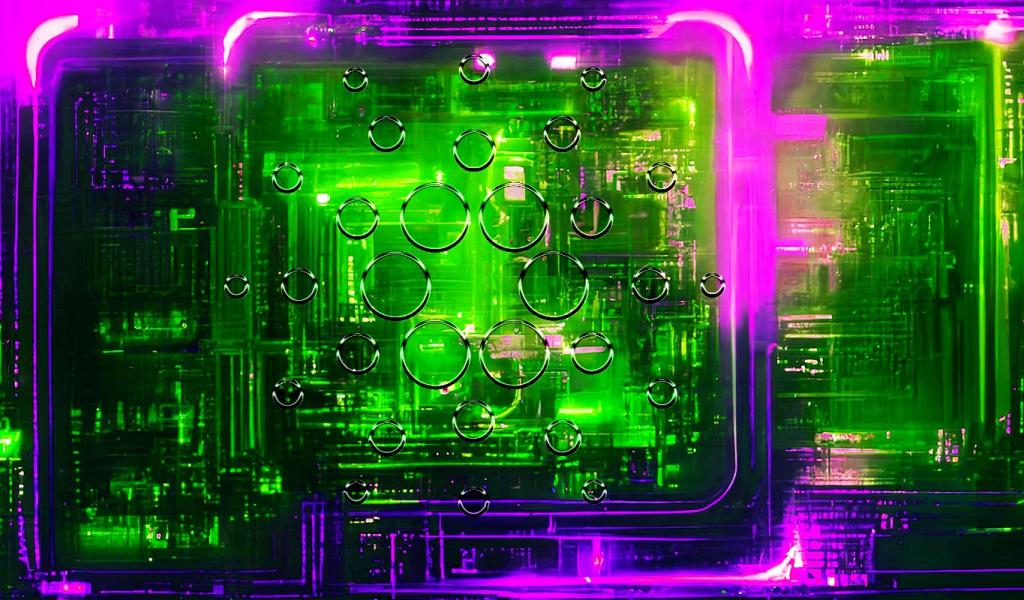
The toolkit will allow for creators of sidechains to choose their own consensus mechanism and other application-specific features, whilst inheriting the security of the main chain.
Input Output Global (IOG) — the team behind the Cardano ecosystem — will release a software toolkit in late Jan. 2023 that will enable developers to deploy custom-built sidechains on Cardano aimed at improving the ecosystem.
The news was announced by IOHK — a blockchain engineering company founded by Charles Hoskinson and now known as IOG — on Jan.12, which also attached the official technical documentation for the sidechain toolkit.
⛓️ The #Cardano sidechain toolkit was previewed at #IOScotFest, and we’re happy to share the first iteration is out now.
— Input Output (@InputOutputHK) January 12, 2023
Here’s the lowdown on this exciting new project! https://t.co/Ny9tQuJh5K
IOG developers have already used the toolkit to construct an Ethereum Virtual Machine (EVM)-compatible sidechain public testnet as a “proof of concept,” and when the audit is complete, anyone will be able to deploy decentralized applications, create smart contracts and move tokens between different testing chains.
The toolkit will also enable the creators of the sidechains to choose their own consensus mechanism in addition to other application-specific features.

A sidechain is an independent blockchain that works adjacent to the parent blockchain, often referred to as the mainnet. Sidechains often attempt to add scalability to the mainnet which often prioritizes decentralization and security.
IOG hopes the sidechain development will “pave the way for mass adoption” on the Cardano ecosystem and “hopes to see a family of Cardano sidechains and partner chains emerging” in the near future.
Among the “partner chains” Hoskinson would like to see on Cardano is Solana, having recently stated on a Dec. 10 Ask Me Anything call that Cardano could leverage Solana’s network speed whilst Solana benefits from Cardano’s infrastructure and security.
Cardano community pumped
The news has Cardano fans pumped, with one member of the community hoping that Cardano experiences a similar price pump similar to that of Ethereum 2020-2021 when many layer-2 sidechains and utility tokens were rolled out.
2023 is the Year of #Cardano sidechains
— Cardano Hieronymus (@CardanoHumpback) January 12, 2023
- Midnight privacy sidechain
- Sidechains Toolkit EVM compatible
- Milkomeda, first Cardano sidechain
- ...more to come
Do you remember what happened when people started to build sidechains/tokens on Ethereum?
Take that and make it x10. https://t.co/n8KWCX2SVh
Another member of the Cardano fanbase called the toolkit deployment a “great move” that it will “spread the usage of Sidechains for Cardano” in the months to come:
Great move by @InputOutputHK I believe this help spread the usage of Sidechains for Cardano which is a good strategy if it evolves to use mithril / state proofs
— nicoarq (@NicoArqueros) January 12, 2023
As a core contributor to @Milkomeda_com we will continue to lead and hopefully support others to join https://t.co/auqp2TkEg1
However, IOG noted that the toolkit won’t serve as a “complete solution.”
“There are some known areas for improvement, like the bridge experience, SPO rewards mechanism and the security model. All these areas will be worked on with the community as we go – carefully and steadily – collaborating for feedback, thoughts and recommendations.”
In addition to sidechain improvements, the protocol will soon introduce parallel accounting styles as part of its "Basho phase" to improve interoperability in the Cardano ecosystem, according to the roadmap.
Related: Cardano to launch new algorithmic stablecoin in 2023
This isn’t the first sidechain solution that IOG has integrated on Cardano too, having already built a more basic EVM-compatible sidechain in July 2022 to get the sidechain development rolling.
Cardano also underwent its most significant hard fork — the Vasil upgrade — in September 2022, which has been said to make smart contract deployment more efficient and enable decentralized applications to run at lower costs.
The price of Cardano’s token, ADA is currently $0.3297, up 19.11% over the past week.









